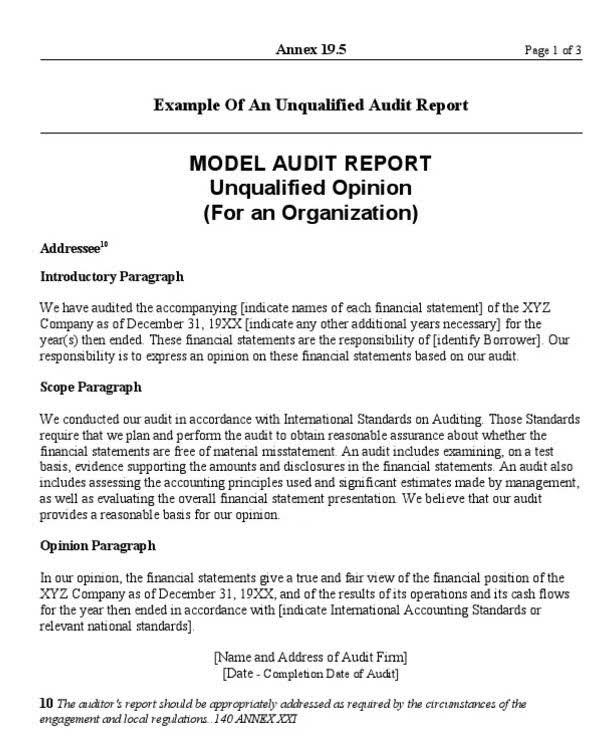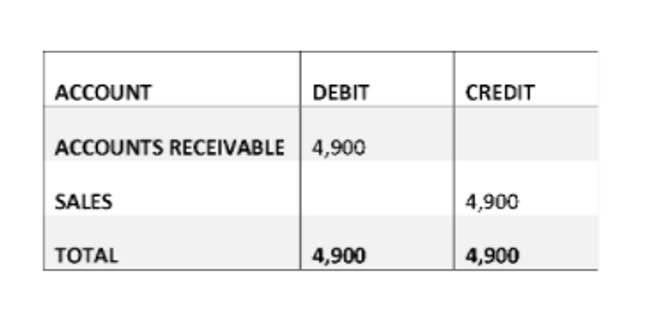
This article examines its recording criteria, types, recognition timing, presentation in financial statements, and tax implications. In accrual accounting, deferred revenue is essential for aligning revenue recognition with the period it is earned, rather than when the payment is received. As a liability, deferred revenue reflects an obligation to deliver a product or service. Until this delivery, the company is effectively in debt to the customer, justifying its classification as a liability on the balance sheet.

What Is Deferred Revenue in Accounting and How Does It Work?
Both terms refer to advance payments a company receives for products or services that are to be delivered or performed in the future. These payments represent a liability as they reflect the company’s obligation to deliver goods or services to customers at a later date. The treatment of deferred revenue for tax purposes diverges from its handling in financial accounting.
What Deferred Revenue Is in Accounting, and Why It’s a Liability

The acquiring company must ensure that the combined entity’s financial statements accurately reflect the obligations to customers and the expected timing of revenue recognition. Deferred or unearned revenue represents payments received in advance for products or services yet to be delivered. Common in subscription-based models and prepaid services, it’s essential in financial accounting, ensuring that revenue is accurately reported. When businesses receive advance payments, they don’t immediately record this Accounting Periods and Methods money as revenue—instead, they treat it as a liability until they deliver the promised goods or services. Called deferred revenue, this approach ensures financial statements accurately reflect what the company owes and what it has genuinely earned.

Further reading: Mastering Accounting Journal Entries: Examples, Tips, and How-to Guide for Beginners
- For example, Microsoft Corporation (MSFT) reported about $60.18 billion in deferred revenue in 2024, illustrating the significant scale of future commitments to its customers.
- By recording it as a liability, companies ensure accurate revenue recognition and provide transparency in their financial reporting.
- Alternatively, the company may choose to defer the revenue recognition until the magazine is delivered to the customer each month.
- Another trend is pairing deferred revenue with metrics like Net Revenue Retention (NRR) and billings to get a complete view of sales momentum.
- It goes along with other methods of recording revenue as it is recognized, such as deposits, prepayments, and retainers.
Product prepayments occur when customers pay in advance for goods to be delivered later. Common in manufacturing and retail, revenue is recognized upon delivery of goods. For instance, a $800 pre-order for a smartphone is recorded as deferred revenue until the phone is shipped. Factors like delivery terms, returns, and warranties may affect the timing of revenue recognition. You record deferred revenue as a short term or current liability on the balance sheet. Current liabilities are expected to be repaid within one year unlike long term liabilities which are expected to last longer.

- Companies must account for deferred assets properly to ensure that their financial statements are accurate and comply with accounting rules.
- In accounting, deferred revenue is classified as a liability on the balance sheet, reflecting the company’s obligation to deliver promised goods or services.
- By the end of the subscription term, the company would have recognized a total revenue of $1,200, and the deferred revenue balance would be $0.
- It represents payments received for goods or services not yet delivered, recorded as a liability on the balance sheet until fulfillment occurs.
- Payments for services like magazines or software licenses are received upfront but recognized over the subscription period as services are provided.
- Timing differences occur when there is a difference between the timing of when an item is recognized for tax purposes and when it is recognized for financial reporting purposes.
- The accounting for deferred revenue involves a debit to the cash or accounts receivable account and a credit to the deferred revenue liability account.
Examples of deferred assets include prepaid expenses, deferred revenue, and deferred tax assets. Prepaid expenses are payments made for goods or services that will be received in the future. Deferred revenue is revenue received in advance of goods or services being delivered. Deferred tax assets are tax credits or deductions that will Grocery Store Accounting be realized in the future. Revenue recognition is the process of recognizing revenue when it is earned, regardless of when payment is received.

Business Implications of Deferred Revenue
- We hope this article taught you what deferred revenue is, along with important journal entries.
- Understanding DR is vital for businesses to maintain accurate financial reporting, manage cash flow, and uphold their commitments to customers.
- We understand Biotech companies operate in a different environment and our team has deep expertise in the specific requirements your company will face.
- In this case, the revenue is recorded as a deferred asset on the balance sheet until the magazine is delivered.
- Companies must align revenue recognition with accounting standards and financial objectives.
For instance, a company may receive payment for services that have not yet been provided. The payment is recorded as a deferred revenue liability on the balance sheet, and the revenue is recognized when the services are deferred revenue is classified as provided. This results in a temporary difference, with the tax basis being lower than the reported amount in the financial statements. Understanding deferred assets is important for businesses and individuals alike, as they can have a significant impact on financial statements and tax obligations. For example, if a company has a large amount of deferred tax assets, it may be able to reduce its future tax liabilities, which can be a significant benefit.
